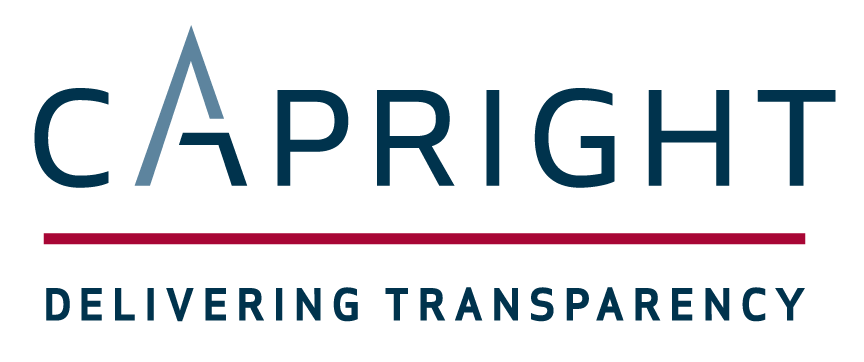CRE Private Debt Funds: Helping Solve ‘The Great Liquidity Lockdown’
March 26, 2024
Every CRE downturn has its own complexion depending on the origins of the crisis and market dynamics in place when it starts. Some common catalysts are aggressive lending, overbuilding, recession, geopolitics, and/or Black Swan events like a global pandemic. The Savings & Loan crisis in the late-1980s spurred a dramatic government bailout followed by a mass liquidation. This quickly jumpstarted the market and created breathtakingly favorable opportunities for any investor lucky enough to be in a strong cash position at the time. With the benefit of hindsight, bankers, regulators, politicians, and the general public came to understand that this fire sale was not a good outcome for US taxpayers who ultimately footed the bill for the bailout.
This explains why in the several CRE downturns that have come and gone since the S&L crisis, we have not seen the same kind of government imposed hard reset to the transaction market -a source of great frustration for vulture fund managers praying for another such celestial alignment. Instead, the Fed has typically come to the rescue using its monetary policy toolkit. Whether it was The Russian Ruble Crisis, The Dot.Com Bust, The Great Financial Crisis, or COVID, all of these were met with quantitative easing (i.e. cuts to the Federal Funds Rate, purchase of government bonds and other securities, and increasing the money supply) that encouraged “blend and extend” or, the less charitable, “extend and pretend” deals that avoided mass liquidation and allowed most borrowers and lenders to save face and hang on until a recovery took hold and assets could be traded or recapitalized.
This crisis, which we might refer to as “The Great Liquidity Lockdown,” is different. This time the Fed, rather than helping abate the crisis, actually induced it through the most aggressive increases to the Federal Funds Rate in 40 years. This massive increase in the cost of capital drove CRE values lower and has made it much more difficult to build a capital stack for an acquisition or refinance of a leveraged asset. But the Fed had little choice: the increase in interest rates was necessary to combat surging inflation from the 40% expansion of the money supply during COVID, supply chain disruptions, and labor shortages, among other factors.
This crisis has no modern analog; yet how CRE transaction velocity will return is coming into focus. For high-quality assets that are not highly leveraged like apartments, distribution warehouses, and grocery-anchored retail centers, the bid-ask gap is closing, and transaction activity is accelerating as investors reach consensus about the long-term cost of capital and recalibrate required risk-adjusted returns. Moreover, the Fed’s recent signal that three rate cuts are possible this year and the increasing likelihood of a “soft landing” have helped investors feel more comfortable underwriting acquisitions.
The sledding is much tougher, however, for owners and lenders trying to re-capitalize less desirable assets (office buildings in particular) that no longer provide sufficient income or collateral to support the existing debt once favorable financing matures. A recent article in The Commercial Observer posits that 80% of CMBS loans are at risk of default or workout in 2024. Many smaller regional banks are also saddled with significant commercial real estate exposure, estimated by a JP Morgan study to be 4.4.times greater than that of big banks, which threatens the overall stability of the banking system. Understandably, these banks have all but closed the vaults on CRE lending in the wake of the SVB and Signature Bank failures. The great takeaway here is that there is a large group of lenders left in the lurch who are not well equipped to own or manage these troubled assets and they need to find an efficient way to remove this debt from their books.
This is where private debt funds have come in to fill the void. These are pools of capital that use private equity to buy existing loans or issue new loans to commercial real estate borrowers. Facing far less regulation and oversight than banks or CBMS vehicles, these funds can either buy troubled debt off the lender’s books at a discount or re-finance the borrower’s at loan maturity.
Private debt funds are typically associated with experienced CRE investment management platforms that do not mind taking the asset back via foreclosure or deed-in-lieu if the borrower cannot meet certain performance hurdles. The tongue-in-cheek description of this scenario is “loan to own.” The timing of deals is necessitated by maturities or when a lender feels the time is right to unload the debt, often to optimize regulatory health metrics. Because the funds are buying existing loans or issuing new debt and not acquiring the asset itself, each deal becomes a complex structured finance transaction that results in the debt fund (as the new lender) either achieving a great return or taking back the asset on favorable terms – in other words, “heads I win, tails you lose.” Yet to achieve this result and properly assess the risks, an accurate market value estimate for the underlying real estate is a crucial input. For the protection of the investors in the fund, it is best that these value opinions come from a respected independent third-party like Capright.
In the context of current market dynamics and $2.8 trillion in commercial real estate loan maturities coming due before 2028, it is easy to understand the rapid expansion that is occurring in the private CRE debt fund space. As of August 2023, Preqin estimated that there were 268 real estate debt funds targeting total fundraising of $90.2 billion. This arena is attracting plenty of new entrants and many of the largest CRE investment managers are scrambling to create new investment vehicles and fundraise. In an environment that is getting increasingly competitive, the most sophisticated funds are hard at work putting proper controls and compliance in place to get ready for a potential windfall of opportunities on the horizon. Several of the larger platforms are also implementing MangoREIX™ the leading software platform for capturing key performance metrics, reporting, and managing risk.
Now that the initial shock of the upward shift cost of capital has passed, it is clear CRE debt funds provide the most palatable solution for managing troubled assets and will be a pivotal force in helping the CRE sector fully emerge from The Great Liquidity Lockdown.
Written by:
Jay Marling IV, MAI, CRE, FRICS
CEO & Managing Principal
jmarling@capright.com



